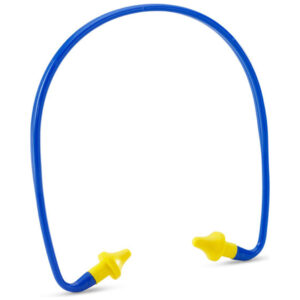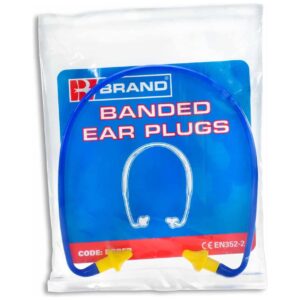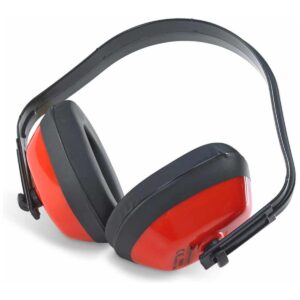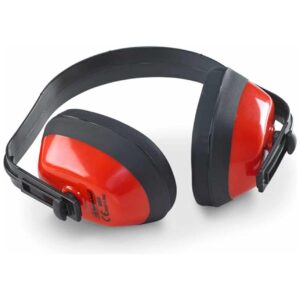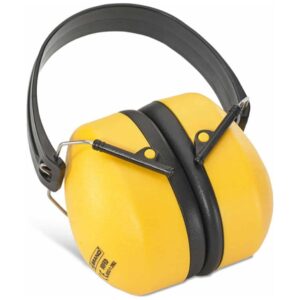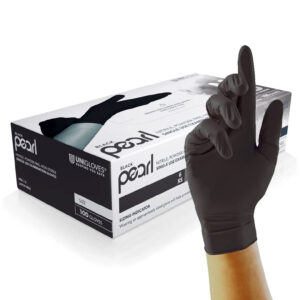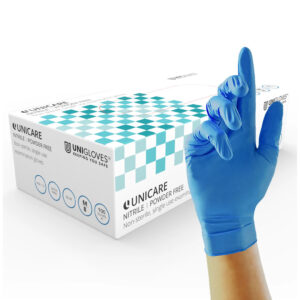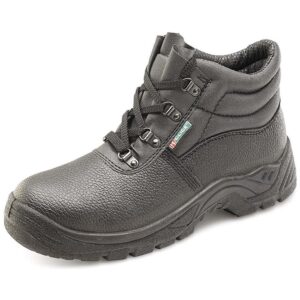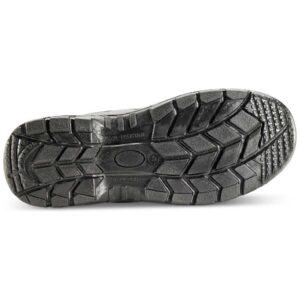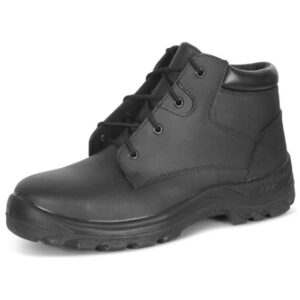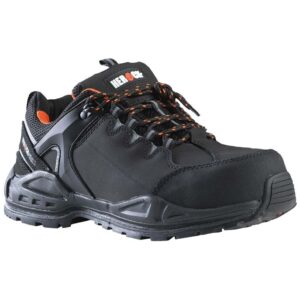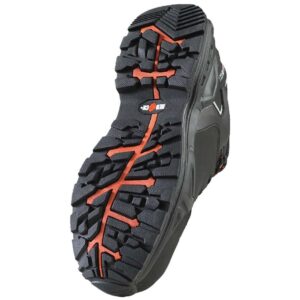DIY has been big business lately. Not only does Spring time signal new beginnings, fresh starts and inspires us to want to create fresh, clean spaces in our homes, combined with the global pandemic, where we’ve all been stuck indoors, it’s no surprise we’re all planning DIY projects. We’ve all got a bit more time on our hands to finally tick off those long to-do lists, and are feeling inspired by all the DIY hacks we’ve seen on social media.
Whatever it is that’s inspired you, working on DIY projects around your own home can be a really positive way to spend your evenings and weekends. Not only is it a great way to get active and away from your phone screen, but it can also be incredibly rewarding – you might even surprise yourself with your own abilities! With video tutorials on Youtube, Instagram and even TikTok, there’s plenty of inspiration out there and you can learn how to do almost any project that takes your fancy.
But with any DIY project comes an element of risk – there’s a good reason we often seek out the help of a professional to carry out certain tasks! So while you’re shopping for your next DIY project, don’t forget to consider adding some PPE for DIY to your basket. The type of protection you need definitely depends on what kind of project you’re working on, and the risks associated with the items and tools you’ll be using.
Take a read of our useful guide below to help you figure out what PPE for DIY you should be investing in.
PPE FOR DIY: 1.Protect your eyes
Protecting your eyes is one of the most important steps you can take before you start your project – you really can’t put a price on your eyesight! Especially since picking up a pair of safety glasses couldn’t be more affordable.
We’d recommend wearing safety goggles or a face visor when working with anything involving chemicals, dangerous fumes, or the risk of small particles/dust flying into your face. The price of a pair of safety glasses starts from less than the cost of a takeaway coffee, so there’s really no excuse not to protect your eyes before you get started on your DIY.
2. Protect your ears
One of the most commonly forgotten about forms of protection when it comes to PPE for DIY, is ear protection. Unfortunately, so many people skip this step as they don’t believe the noises they’ll be working alongside to be classed as dangerous levels. But if you’re working with loud power tools for long periods of time, you can cause long term damage to your hearing. If you’re seriously considering working on multiple DIY projects, then purchasing a pair of ear defenders or even some ear plugs is a long-term investment into the protection of your hearing.
3. Protect your hands
Whether you’re working with dangerous chemicals, sharp tools, messy paints and varnishes, or out in the cold, there’s a whole range of different gloves out there designed to protect your hands. Start by identifying exactly what it is you need to protect your hands from, and then take a look at the wide range of gloves available. Disposable gloves, especially, can be some of the most versatile gloves when it comes to DIY, so it never hurts to have a box stashed away at home. You’ll also discover cut-proof gloves, thermal gloves and gloves designed to help you improve your grip on tools.
-
Original price was: £4.45.£4.09Current price is: £4.09. inc VAT
 Box of 100
Box of 100
-
Original price was: £3.47.£3.26Current price is: £3.26. inc VAT
 Box of 100
Box of 100
4. Protect your feet
Especially important if you’re working outside, with heavy machinery or handling heavy building materials. A good protective pair of safety boots or shoes will keep your feet safe from any potential risks. We’d recommend finding a pair designed with a steel/composite protective toe, these will keep your feet safe in the event of any accidents where something heavy could fall/drop onto your feet and cause serious injury. A decent pair of safety boots doesn’t have to be expensive either!
-
£15.99 0% VAT
-
£32.22 0% VAT
-
£79.99 inc VAT
5. Protect your lungs
Depending on which materials you’re working with, you may require a face mask or respirator. Usually, any potentially hazardous materials will warn you of this on the packaging, so be sure to read carefully. But as a general rule, a classic face mask will protect you from dust, whereas respirators with built-in filters will protect you against vapours and dangerous gases. Even when you’re well equipped with your PPE for DIY, make sure you always work in fully ventilated areas, opening any windows or doors too.

